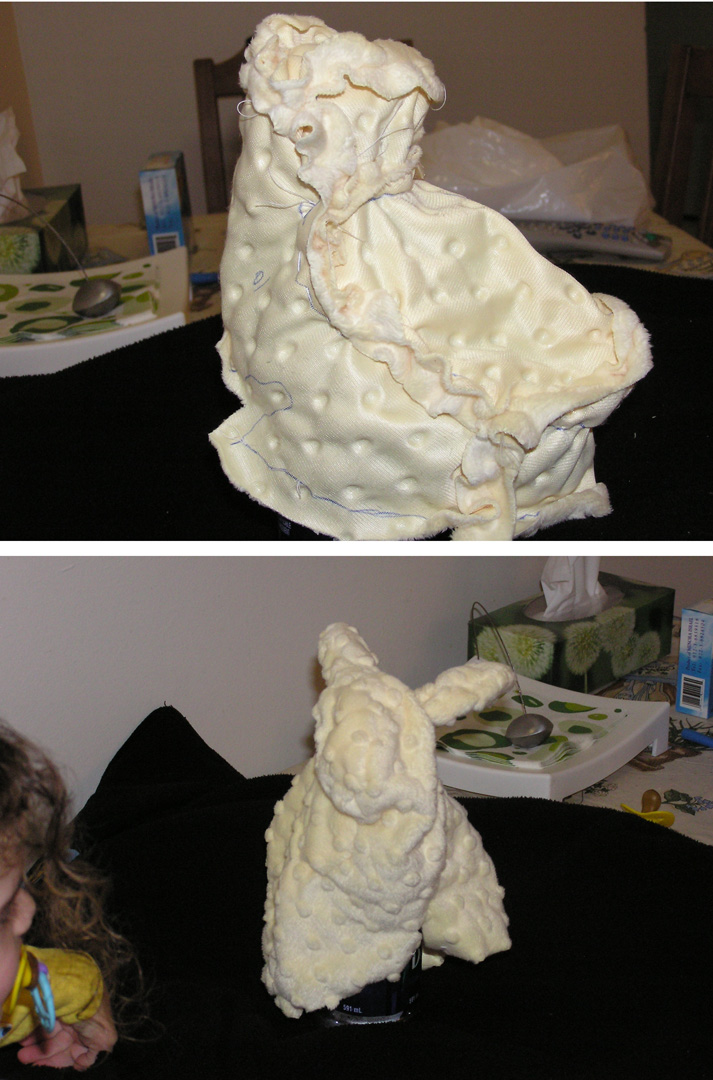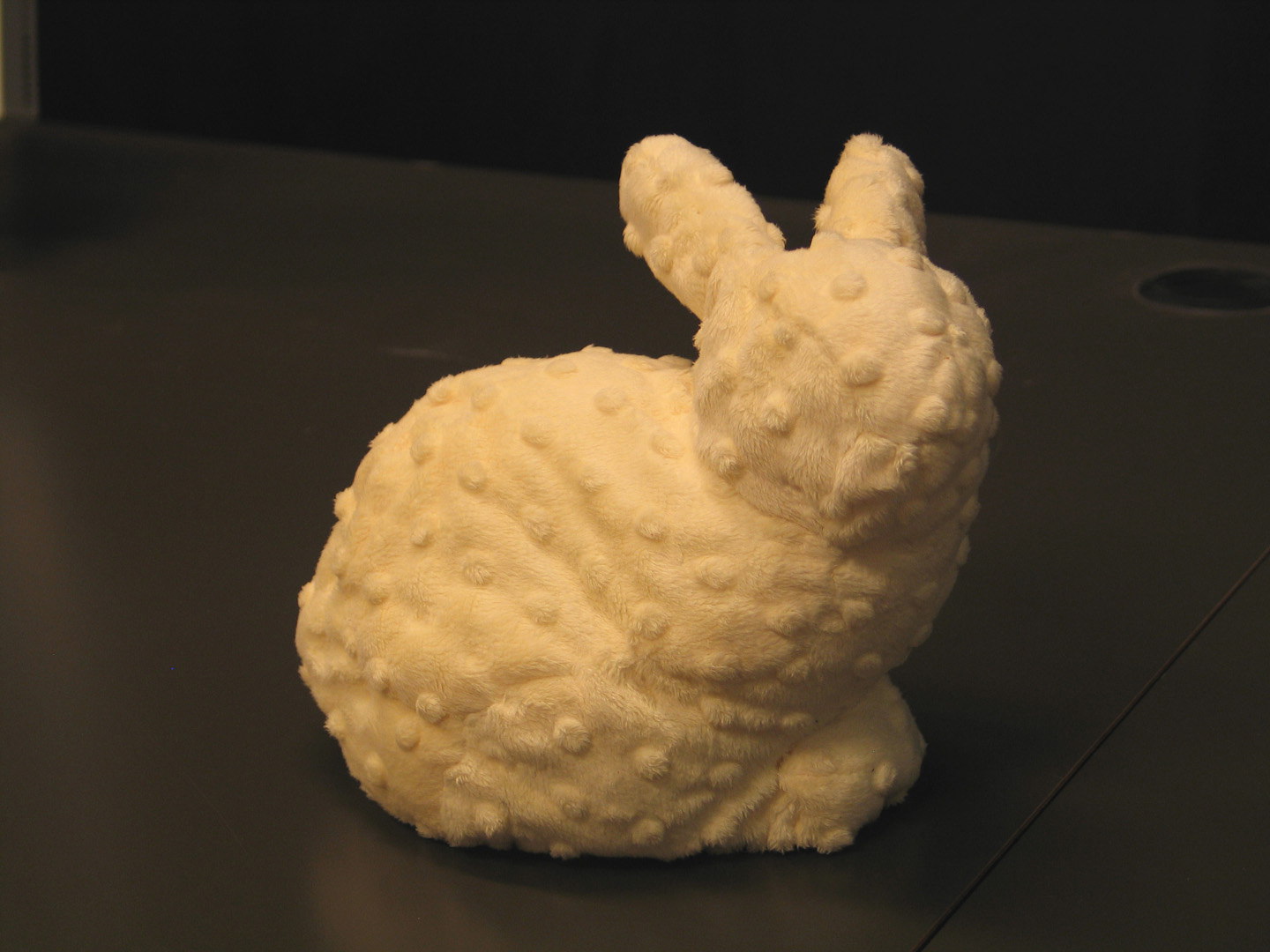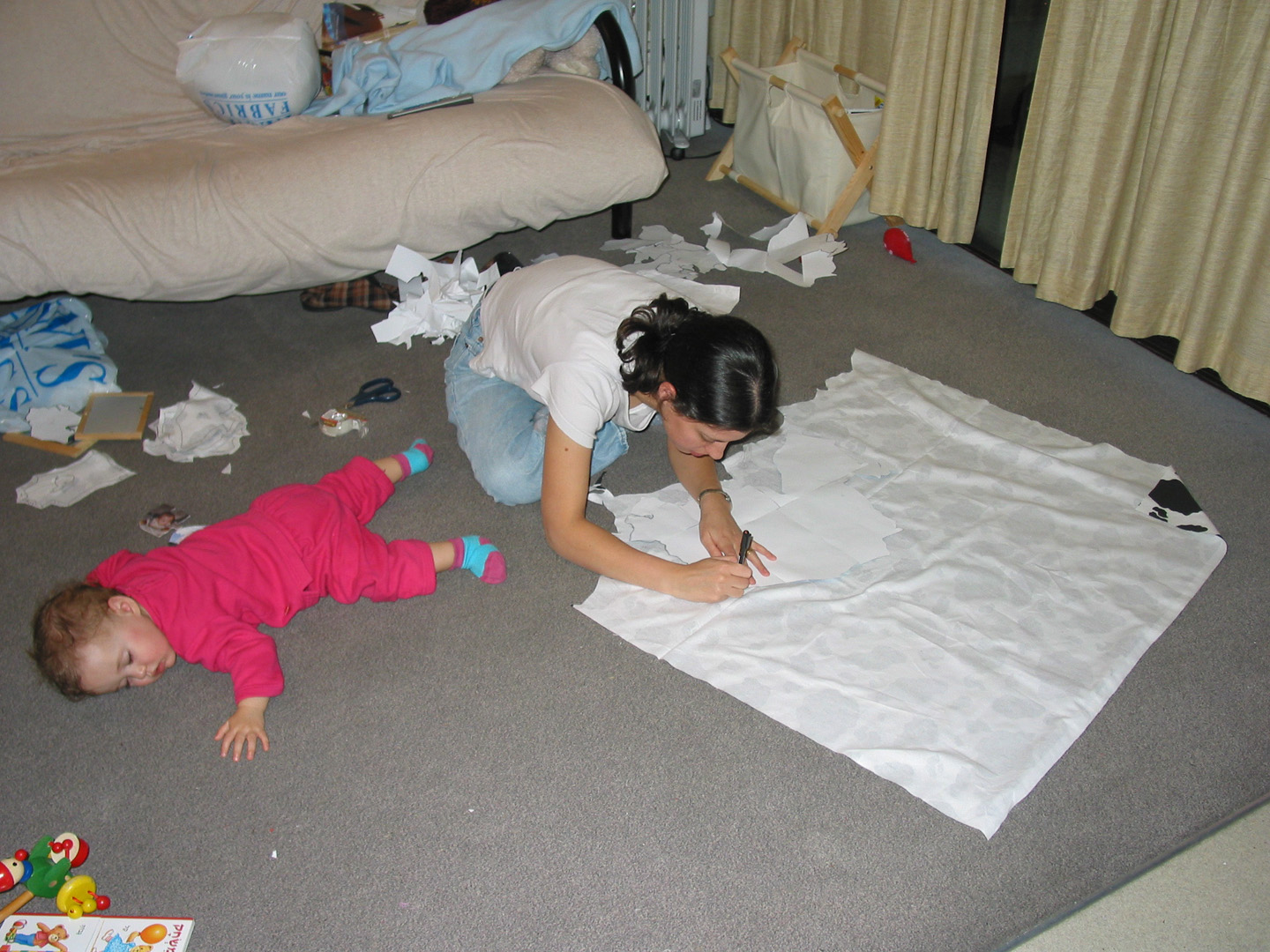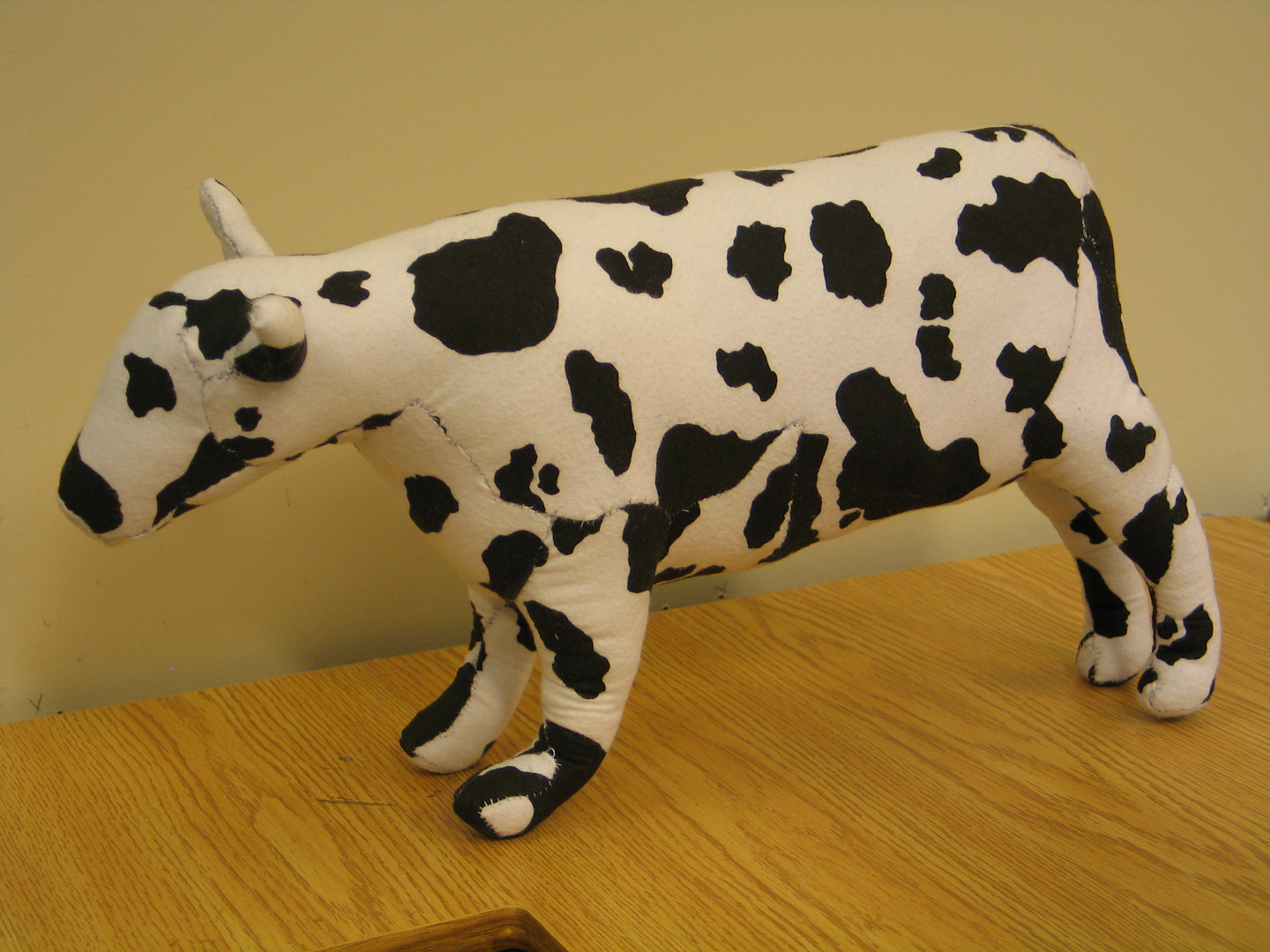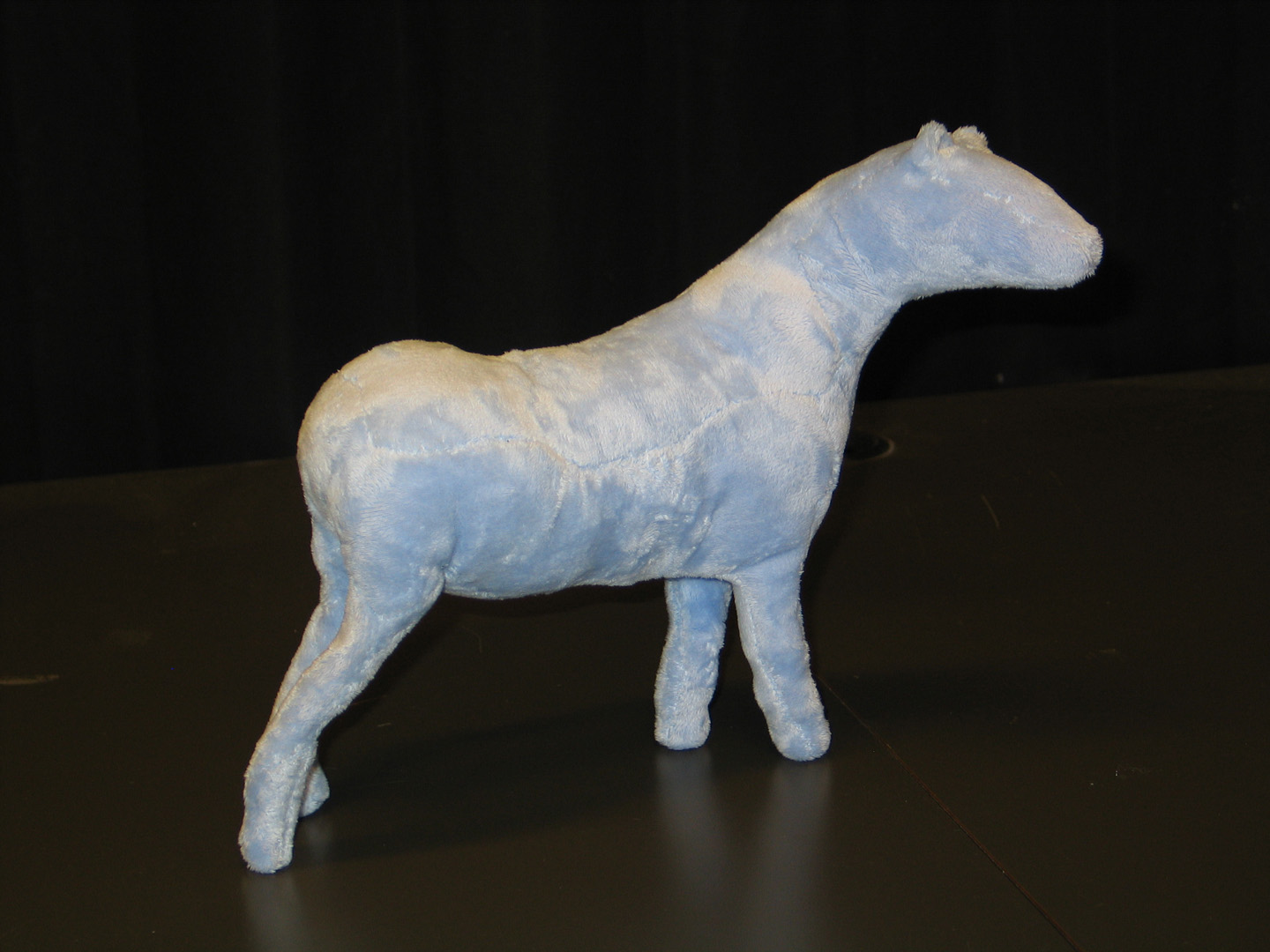“Real Toys from Virtual Models” by Julius, Kraevoy and Sheffer
Conference:
Type:
Title:
- Real Toys from Virtual Models
Presenter(s)/Author(s):
Abstract:
The design of patterns for sewing 3D objects is a time honored art based on rules developed over generations. In this work we introduce an algorithm for automatic pattern design which focuses on patterns for soft, stuffed toys. To demonstrate the viability of the technique, we use the patterns produced by our algorithm to make real fabric copies of popular computer graphics models. Motivated by the papercraft toys developed in [Mitani and Suzuki 2004], we created an algorithm suitable for use with fabric. In contrast to paper, fabric, for the most part, can be slightly stretched, allowing a less restrictive approach when defining the sewing pat- terns. As part of our method, we introduce a new metric of developability for mesh surfaces and show how to use this metric to segment surfaces into (nearly) developable patches. A surface patch is developable if it may be isometrically mapped (i.e., unfolded) onto the plane. These patches play a key role in our method since we want to minimize the distortion created when unfolding them into planar patterns which are then sewn together to form the 3D model. As a compact developable segmentation does not typically exist, we allow patches to be nearly developable based on user prescribed tolerances.
References:
Cohen-Steiner, D., Alliez, P., and Desbrun, M. 2004. Variational shape approximation. ACM Trans. Graph. 23, 3, 905–914.
Mitani, J., and Suzuki, H. 2004. Making papercraft toys from meshes using strip-based approximate unfolding. ACM Trans. Graph. 23, 3, 259–263.
Acknowledgements:
We would like to thank Stanford University for providing us with the Bunny data set

